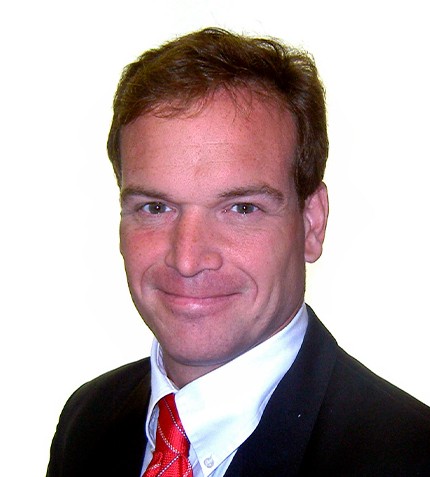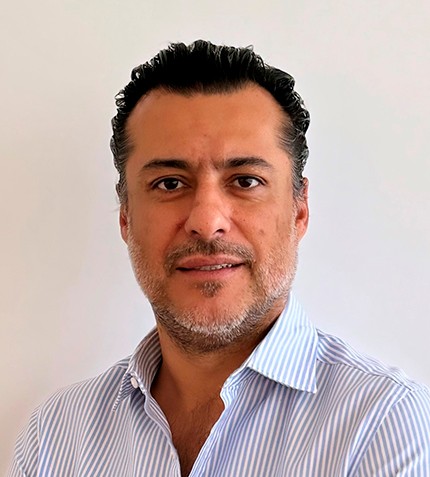
"We take a brand agnostic approach when it comes to what tire works best for the application. Having a tire distributor that is flexible enough to change tires, compounds, and sizes is where we think we provide substantial value to the customer."
Dave Allan
VICE PRESIDENT CANADA, KAL TIRE MINING TIRE GROUP
What were some of the highlights for Kal Tire’s business in 2022?
One of Kal Tire’s most significant investments in 2022 was our purchase of 17 GCR Tires & Service stores in Eastern Canada. This gives us exposure to three of the most prolific mining jurisdictions in Canada: Val-d'Or, Chibougamau and Wabush. It also marks a major expansion for a company whose success was rooted in the oil sands and Western Canada to a company with a coast-to-coast presence.
Can you provide an overview of Kal Tire’s approach to recycling tires?
Kal Tire is an active participant in the legislative recycling program in Ontario for giant OTR tires. We also help customers in Western Canada recycle their tires through a shredding facility in Northern Alberta. In Chile, our investment in a mining tire recycling facility was driven by legislation from the government that said all tires need to be recycled in some fashion. To achieve this, Kal Tire went down the road of thermal conversion. This technology is very important to us because we are big proponents of a circular recycling of tires using thermal conversion. Thermal conversion is a much more circular option than just shredding. The shred is great, and it can be used as mulch, or other multi use products but at some point, it will go back into a landfill. With thermal conversion, the tire is converted back to its original components which can then be reused. It’s a much more circular process. Moving forward, Kal Tire has signed a joint venture with Mitsui & Co. to identify opportunities to advance mining tire recycling solutions in a variety of countries.
Do companies invest in recycling solely due to regulatory requirements, or is it becoming a mainstay of ESG strategies?
We see a customer base that is interested in doing something with their tires to help achieve ESG goals. Kal Tire is determined to provide viable options for customers to help accomplish those goals. At the end of the day, legislation makes actions happen; however ESG and shareholder feedback also encourages companies to do the right thing, which is to not bury tires.
What are the ways in which Kal Tire adds value for customers?
Giant OTR tires are not simple. There are five-piece wheels, four piece wheels, and it is difficult to change tires. I believe that there should be a technical certification for tire technicians because it is a complicated and technical process. Changing tires is a specialized field, and we believe that we have one of the best training programs in the industry. Customers want to have a tire distributor that they trust. Therefore, we take a brand agnostic approach when it comes to what tire works best for the application. Having a tire distributor that is flexible enough to change tires, compounds, and sizes is where we think we provide substantial value to the customer. When it comes to how that tire is working, we have the technology of our Tire Operations & Management System (TOMS) to track tires in real time to see how they perform. This enables us to compare results of different manufacturers, and we can assess how they perform at different times of the year. We carefully watch the evolution of the tire to make sure that the customer is getting as many kilometers out of the tires as they should.
On the ESG side, we also have our Maple Program that gives customers actual and accredited data about the fuel and carbon emissions saved in choosing sustainable solutions such as retreading or repairs. At the foundation of the program is a carbon calculator verified by an international leader in third-party environmental certification so customers can use the data in environmental reporting.
How is Kal Tire leveraging Pitcrew.ai technology to help customers improve performance?
We have been able to create autonomous inspection stations that use the thermal imaging software of Pitcrew.ai. Cameras scan the tires of passing haul trucks and flag anomalies such as hot tires and tread and belt separations. That reporting is fed into TOMS, which automates work orders so a technician can inspect and repair that tire.










